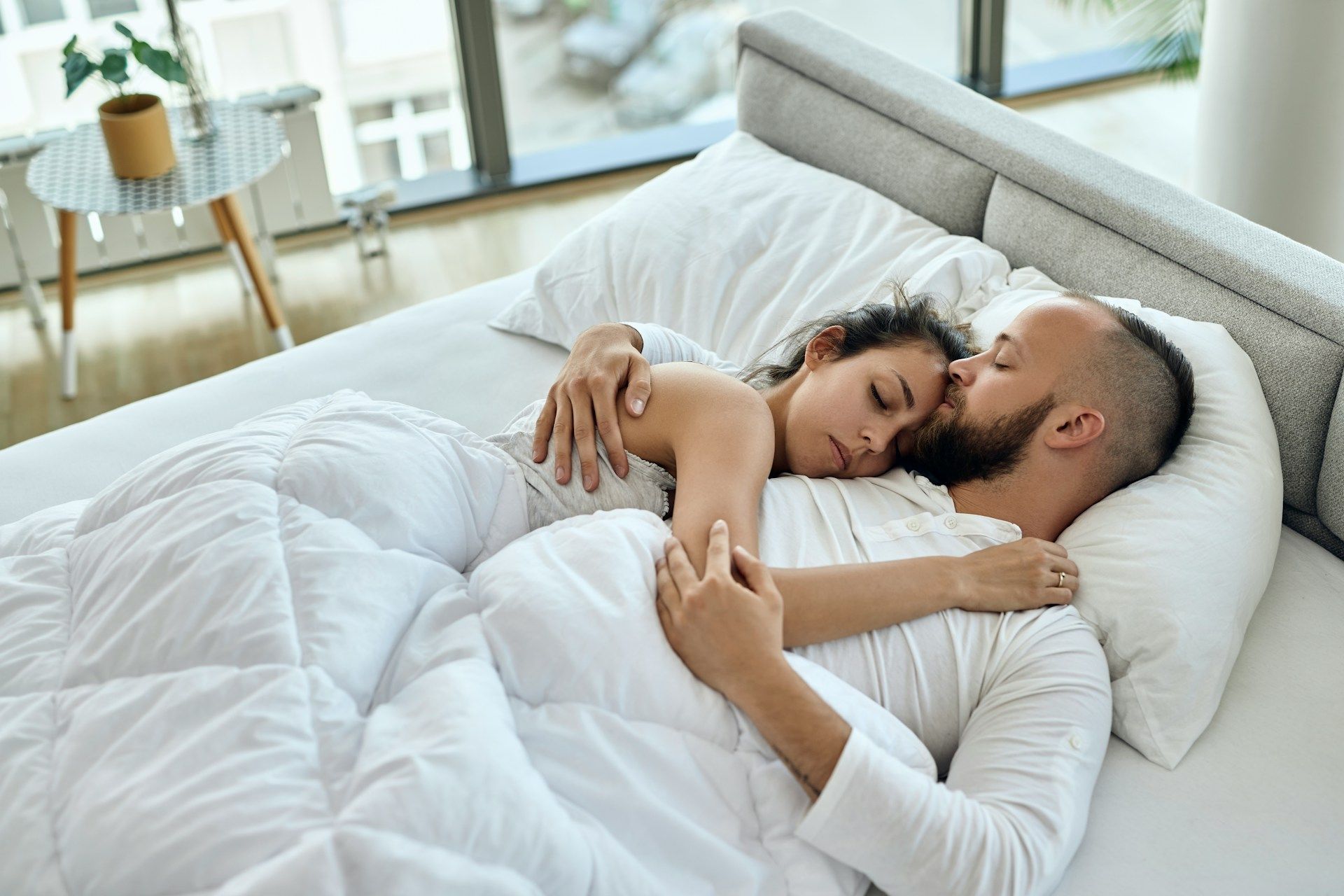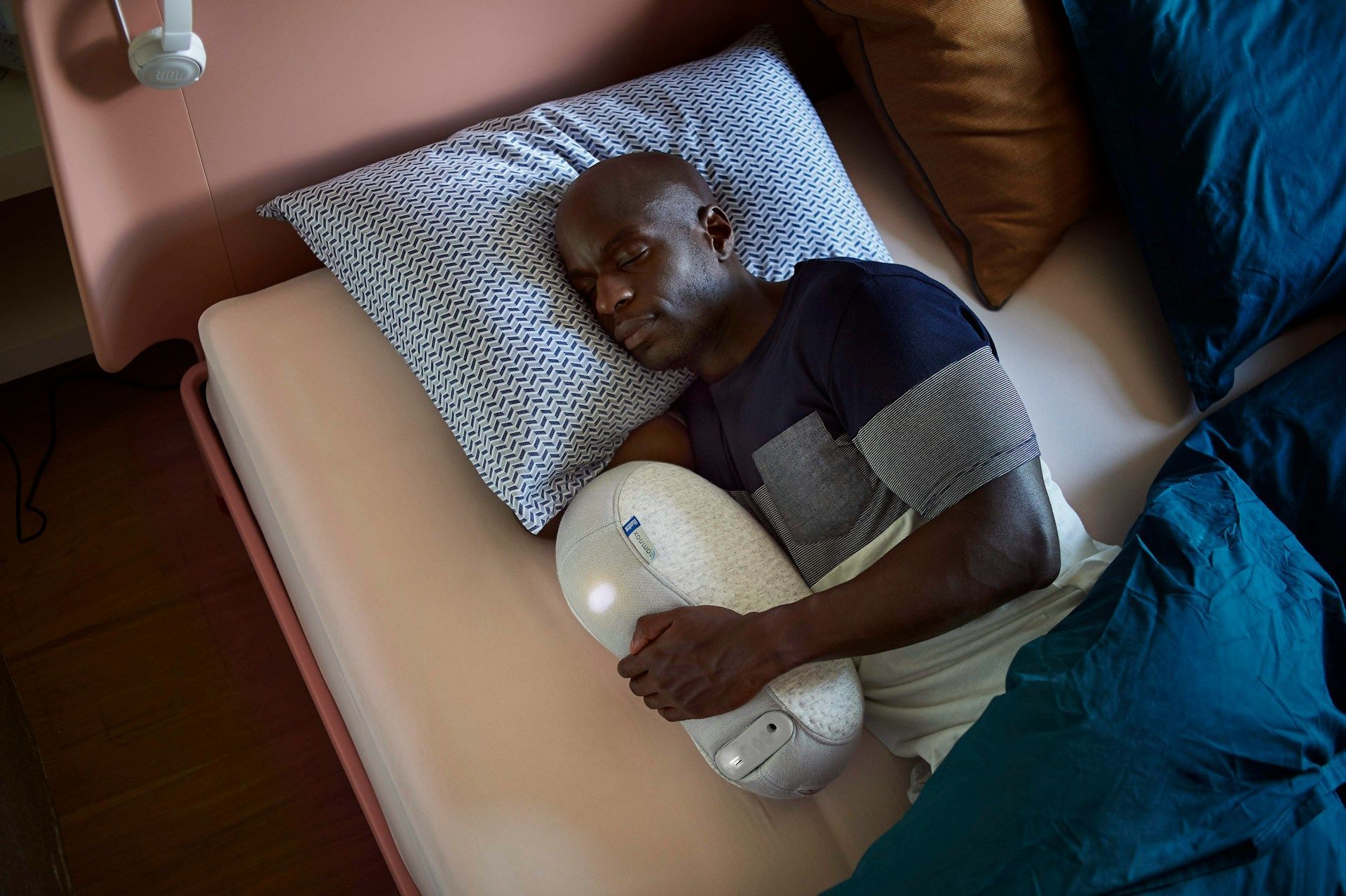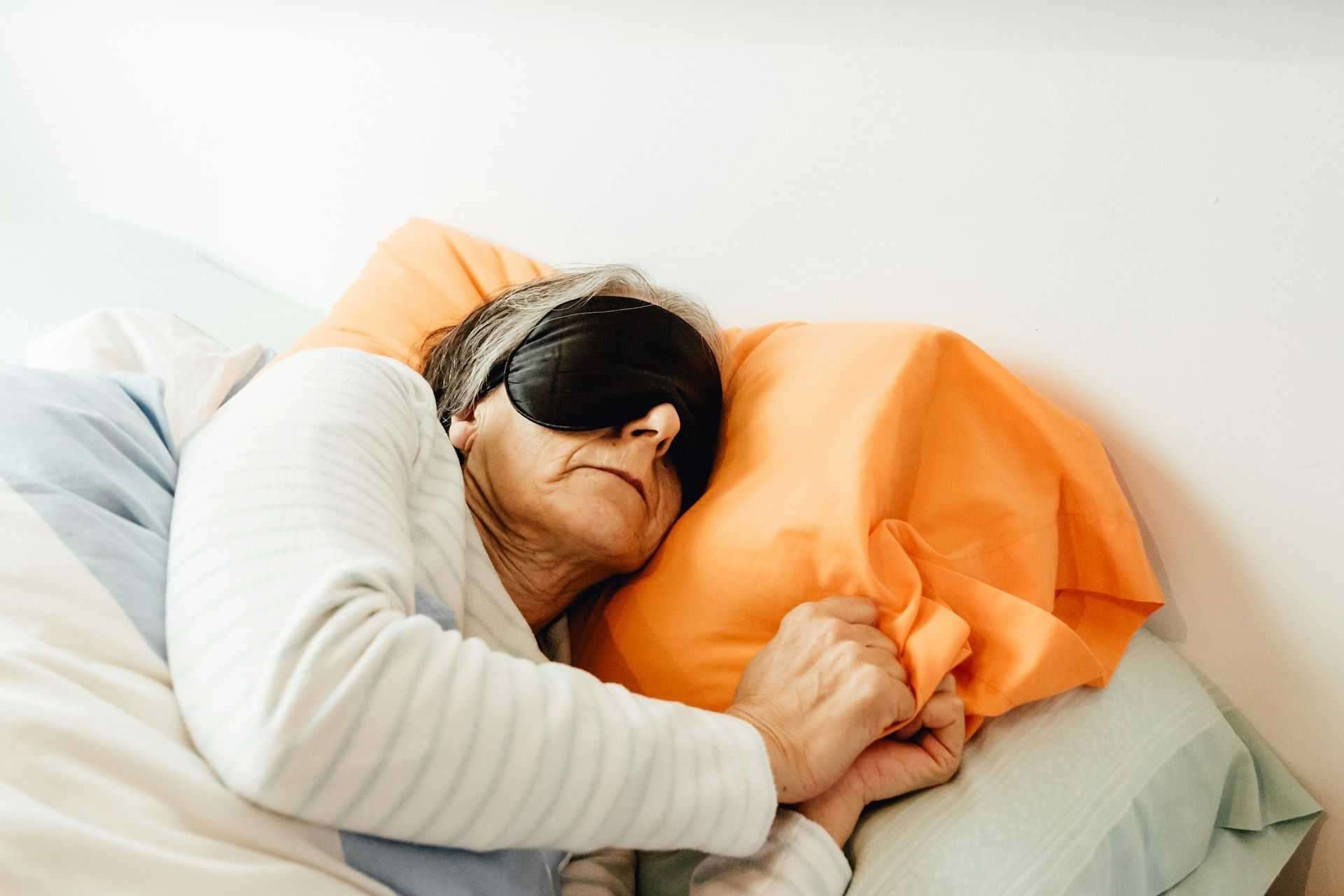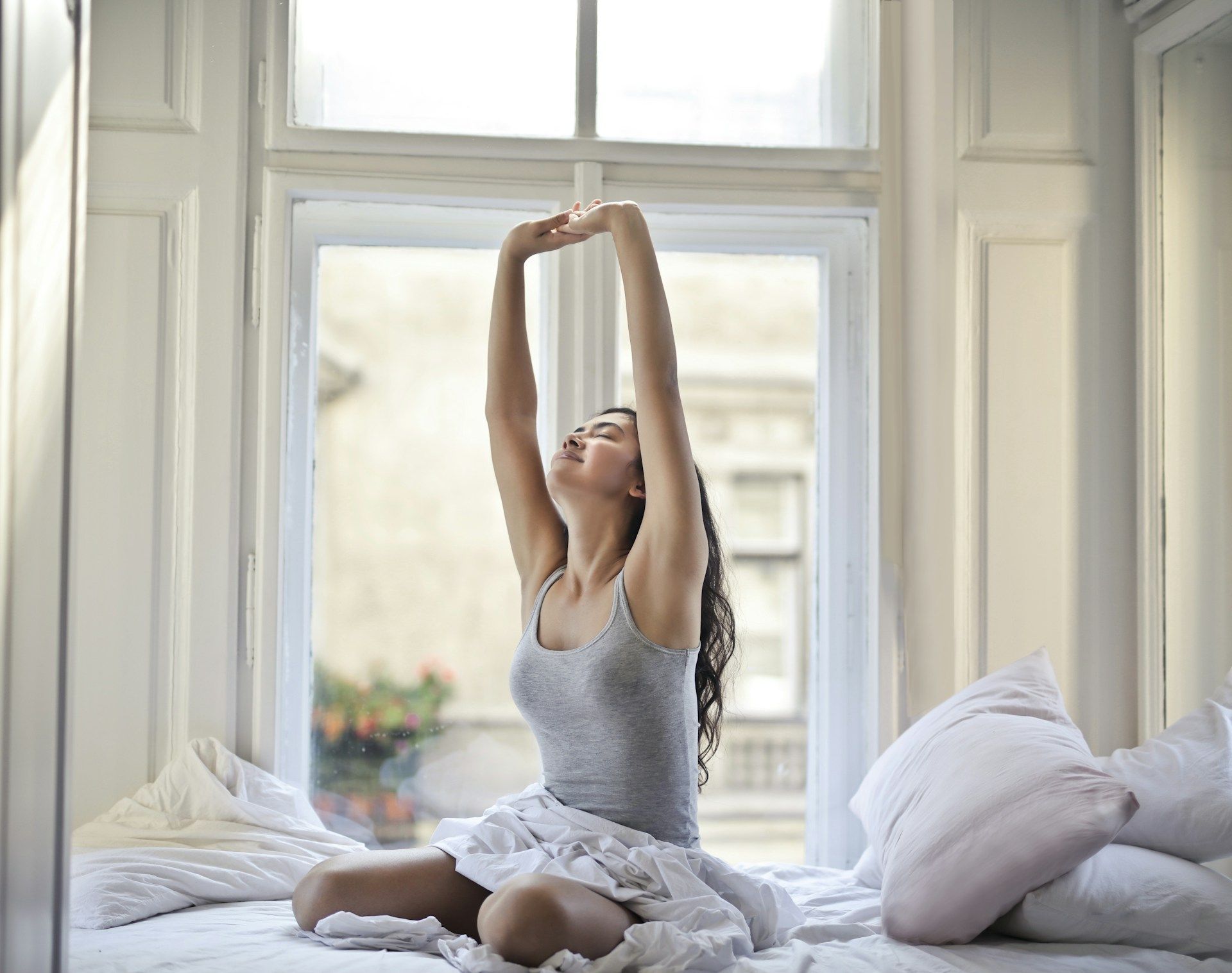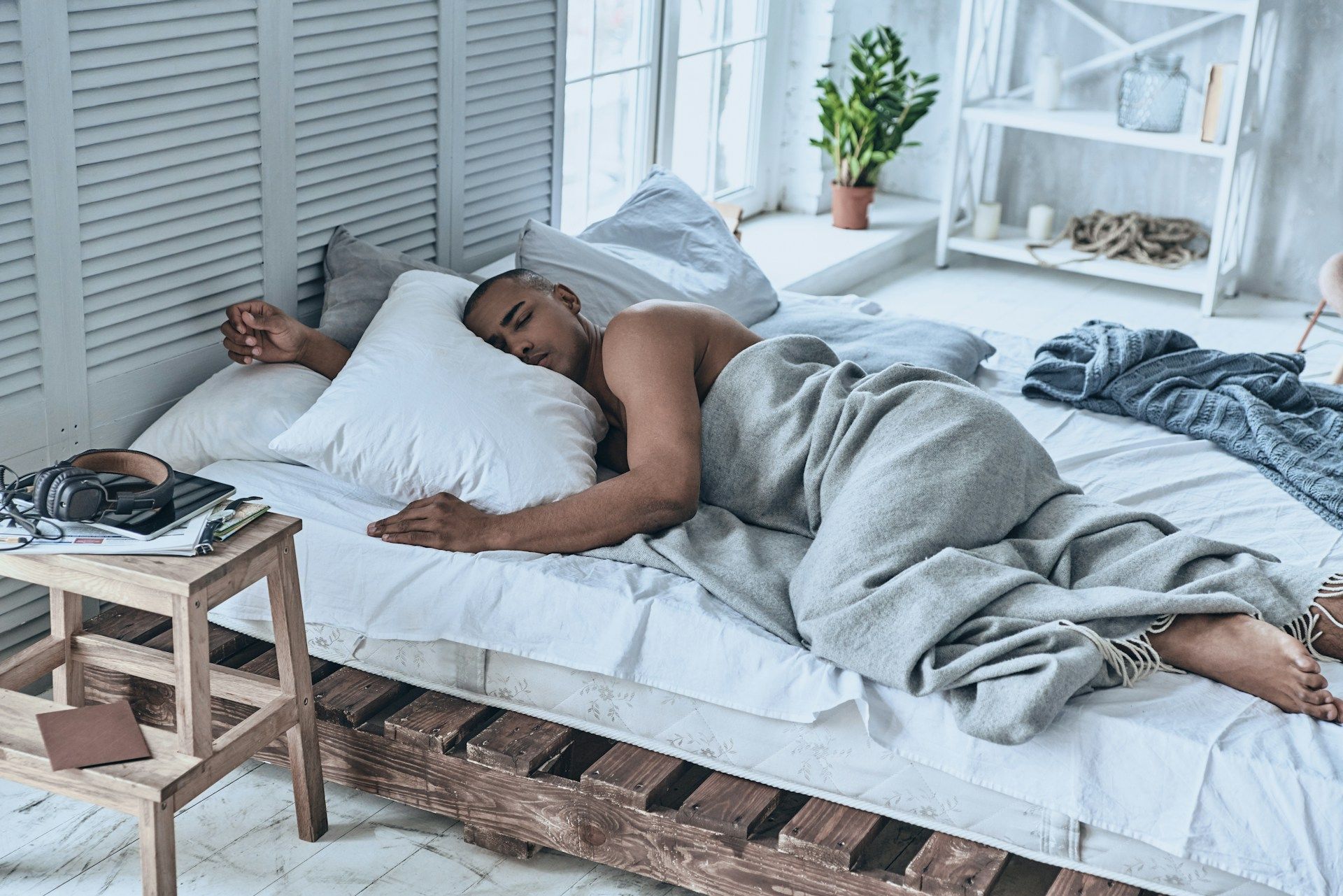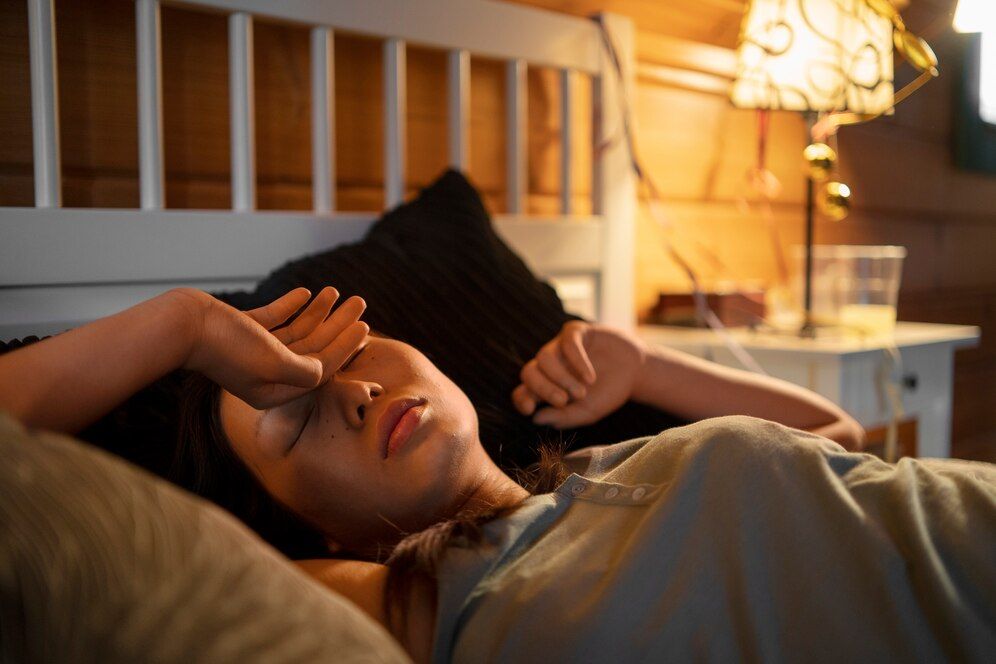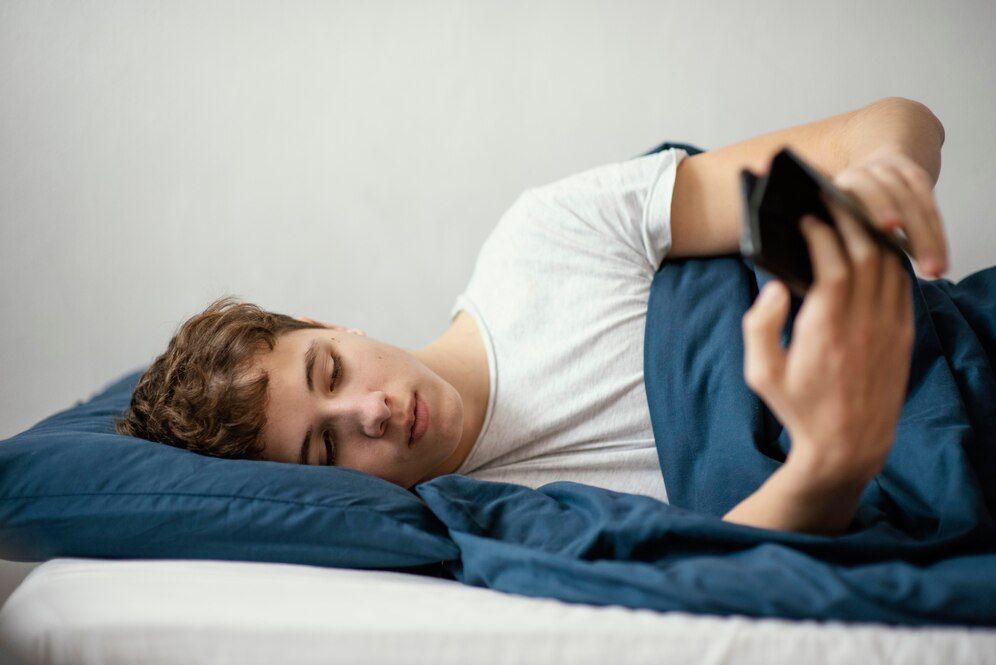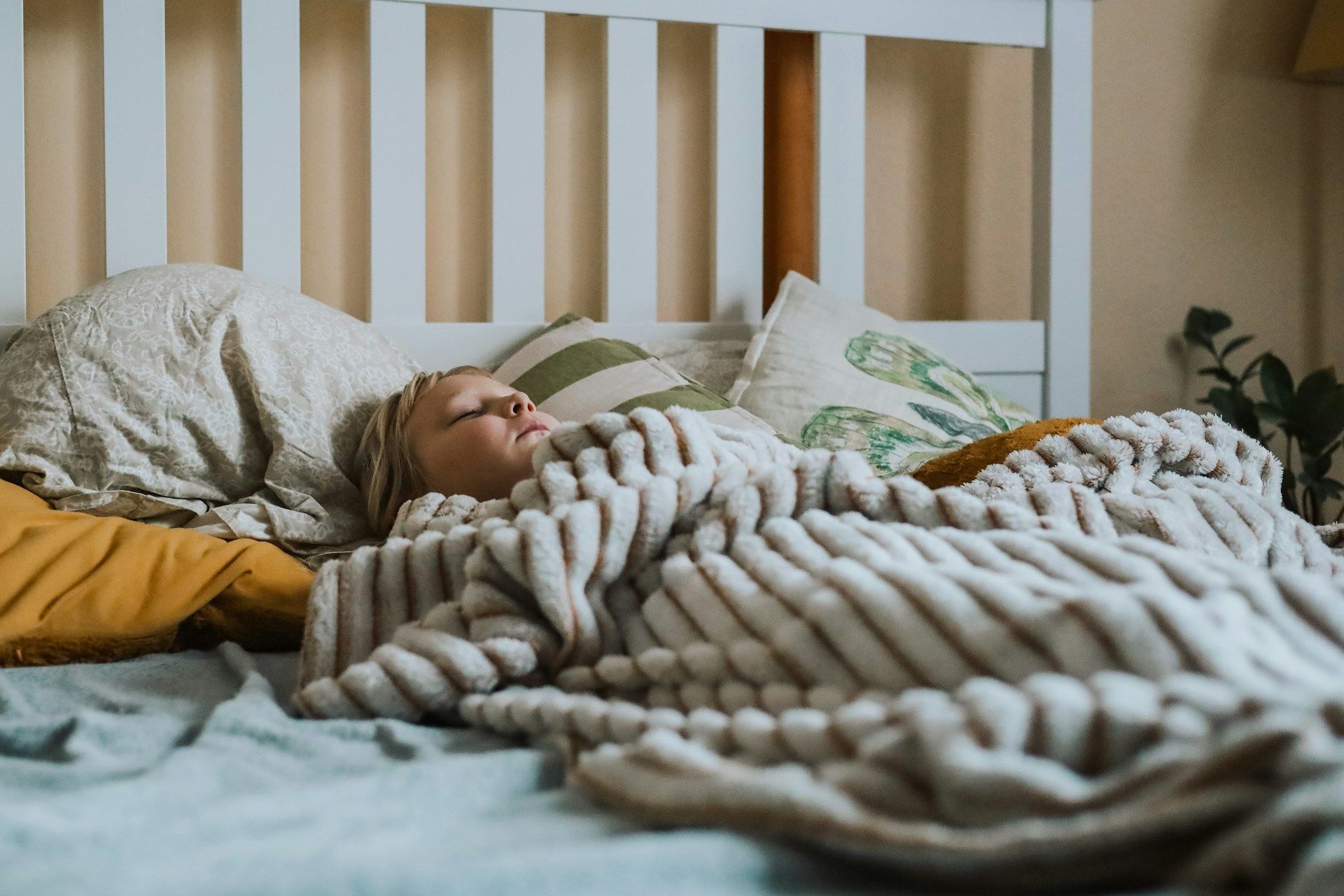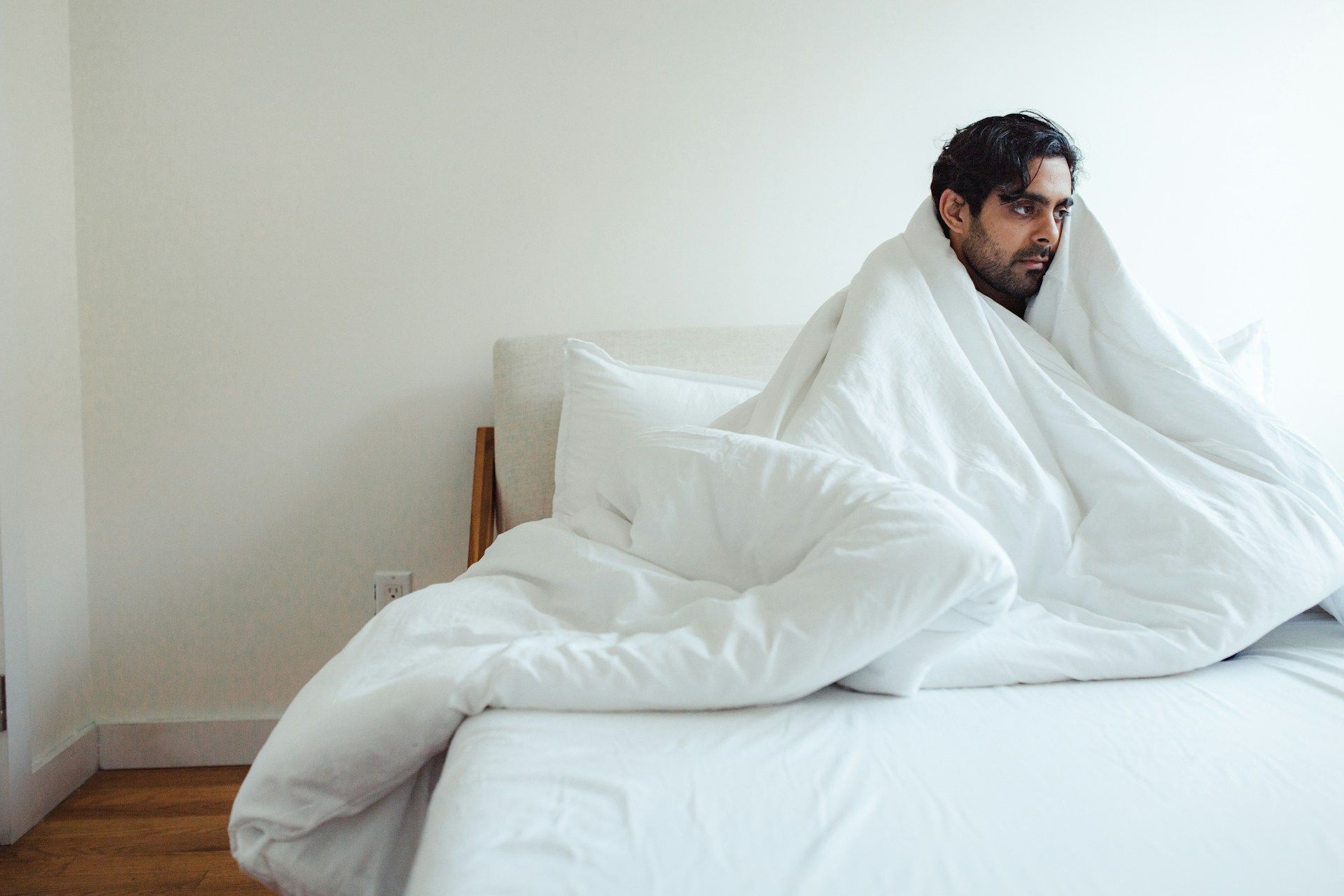Dental appliances for sleep apnea: Do they work?

Having a loud snore that keeps your partner or yourself awake at night? This might be more than just a bother. Obstructive sleep apnea (OSA), a severe sleep disorder marked by loud snores, grunts, and gasps, affects over 25% of men and about 10% of women. Throughout the night, breathing pauses (apneas) are caused by tissue at the back of the throat briefly blocking the airway. People with OSA not only feel exhausted and sleepy, but they also run the risk of developing a number of health issues, such as high blood pressure, depression, and heart disease.
It's critical to identify an efficient treatment strategy that meets your specific demands because untreated obstructive sleep apnea (OSA) has substantial health repercussions. Despite the fact that Continuous Positive Airway Pressure (CPAP) therapy is frequently the most effective OSA treatment option, some people find it difficult to tolerate due to the air pressure required to prevent your airway from collapsing while you sleep. Discuss CPAP alternatives like oral appliances with your sleep specialist or sleep medicine dentist if you have been diagnosed with mild to moderate OSA and are finding it difficult to adhere to CPAP therapy.
A dental appliance for sleep apnea might be useful for who?
An oral device may be a more comfortable choice for treatment if a person is experiencing trouble utilizing a continuous positive airway pressure machine to address their sleep apnea. When activated, CPAP devices emit a noise that may disturb the patient receiving therapy as well as any bed mates. A complete mask can also be difficult for some people to get used to, especially if it is making their skin dry or itchy on their faces.
Sleep appliances are designed to move your jaw or tongue in order to widen your upper airway.
Only those with mild or severe obstructive sleep apnea are candidates for therapy using a oral appliance therapy. An assessment based on the apnea-hypopnea index is made when someone is diagnosed with sleep apnea. This scale considers the ratio of a person's total number of hours of sleep to the number of apnea episodes they suffer. An AHI of 30 or more is regarded as having severe sleep apnea. To maintain the airway open for these people, a CPAP or other treatment is necessary.
There are three basic types of oral devices for sleep apnea. These appliances, which are made of molded hard plastic and snap over your lower and upper teeth, also have metal hinges and screws that may be tightened in order to move your lower jaw forward. Before you decide to purchase a custom device made, make sure to find a sleep apnea dentist, with experience with sleep-related respiratory difficulties and is accredited by the American Academy of Sleep Medicine.
How does a dental device operate?
Dental oral appliances are worn at night while you sleep to move your jaw and tongue into a posture that will assist maintain your airway open. Patients have access to a variety of jaw devices for sleep apnea. Some models resemble retainers that are worn over the top and bottom teeth and made of plastic or more flexible material. These snoring appliance, often known as mandibular advancement devices, advance the jaw. An alternate choice is a tongue retention device, which secures the patient's tongue in a silicone or plastic shell.
It is advised that patients get a dental appliance constructed at a sleep dentist office. Devices offered by a dentist are made specifically for the patient's mouth, unlike anything bought at a store. When worn frequently, this can improve comfort and effectiveness.
Benefits of Sleep Apnea Dental Appliances are a great solution for campers who don't want to use a generator or who travel frequently.
Excellent for use in conjunction with PAP therapy, particularly for people who require very high pressures for PAP therapy to be effective. The patient might be given an oral appliance in this situation to use in conjunction with PAP therapy. The PAP pressure does not need to be as high to maintain an open airway when an oral device prevents the jaw from rolling backward while sleeping. The ensuing reduced pressure can significantly impact how comfortable PAP therapy is.
Oral appliance therapy benefits
While utilizing oral appliances to treat sleep apnea has both advantages and disadvantages, these devices have significant advantages for those with moderate OSA who would typically benefit from CPAP therapy but are having problems adapting to the air pressure. These advantages consist of:
Portable and Ideal for Travel
Due to its portability and modest size, a dental treatment for sleep apnea might be an excellent choice for traveling. It is simple to bring along on trips and use wherever life takes you. You can put your oral appliance in your carry-on bag, for instance, if you're going on a business trip.
Simple-to-Use Design
Utilizing oral appliances is simple. The device is worn while you sleep and is placed in your mouth. There are no wires or tubing, thus assembling a machine is not necessary.
Tailored to the shape of your mouth
In order to be secure and conform to your specific mouth shape, oral appliances are often manufactured to fit your mouth specifically. When you initially start wearing the appliance, you could feel a little sore, but this normally goes away after a few nights.
Ideal for light sleepers, quiet
The majority of oral appliances are silent. You can wear them without bothering your partner as a result.
Untreated OSA can affect your daily life and increase your risk for major health issues like high blood pressure, type 2 diabetes, dizziness throughout the day, and a stroke.
For people with mild to severe sleep apnea, sleep apnea mouth guards such as Mandibular Advancement Devices, Tongue-Retaining Devices, or sleep apnea mouth guards may be an effective alternative. To tailor your sleep apnea therapy to your needs, talk to our sleep apnea dentist about your options.

